 By Rose Oswald Poels
By Rose Oswald Poels
As you have likely seen, the Federal Reserve’s FedNow® Service is now live, having initially launched in late July with baseline functionality to support account-to-account transfers and bill pay. Through the service, financial institutions are able to instantly transfer money for customers any time of the day and any day of the year, adding greater flexibility for customers.
For those who are not yet familiar with the new service, FedNow Service is the Federal Reserve’s new instant payment infrastructure that allows financial institutions of any size to provide safe and efficient payment services. Customers can send and receive instant payments; recipients have full access to funds immediately. The following is a standard payment flow example from the FedNow Service:
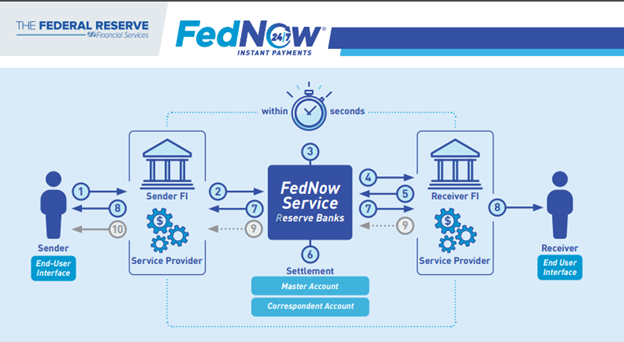
- A sender (i.e., an individual or business) initiates a payment by sending a payment message to its Financial Institution (FI) through an end-user interface outside the FedNow Service. The sender’s FI is responsible for screening the payment according to its internal processes and requirements.
- The sender’s FI, or its service provider, submits a payment message to the FedNow Service.
- The FedNow Service validates the payment message, for example, by verifying that it meets message format specifications.
- The FedNow Service sends the contents of the payment message to the receiver’s FI to seek confirmation that it intends to accept the payment message. At this point, the receiver’s FI has the opportunity to confirm, among other things, that it maintains the specified account.
- The receiver’s FI sends a positive response to the FedNow Service, confirming that it intends to accept the payment message. Steps 4 and 5 are intended to reduce the number of misdirected payments and resulting exception cases that can occur in high-volume systems.
- The FedNow Service debits and credits the designated master accounts of the sender’s and receiver’s FI (or those of their correspondents), respectively.
- The FedNow Service sends a payment message forward to the receiver’s FI with an advice of credit and sends an acknowledgement to the sender’s FI that settlement is complete.
- Outside of the FedNow Service, the receiver’s FI credits the receiver’s account.* The receiver’s FI makes funds available to the receiver immediately after step 7. This crediting to the receiver’s account as well as the debiting of the sender’s account by their respective financial institutions happens outside the FedNow Service.*
*The FedNow Service processes payments around the clock, every day of the year. However, for accounting and reporting purposes, the FedNow cycle date differs from the calendar date for a period of time (from close until midnight) because it aligns with the Fedwire® Funds Service business day, which generally has a closing time of 7:00:59 p.m. ET. If the Fedwire Funds Service business day is extended, the FedNow cycle date extends along with it. For consistency, the FedNow Service aligns to the same timeframe for weekends and holidays.
For financial institutions that elect to be a receive-only participant, the institution is able to receive customer payments, but may not initiate customer payments, except to return payments using the service. Alternatively, a financial institution may elect to be able to send and receive customer transfers. A financial institution could also elect to participate in the FedNow Service to receive requests for payment via the FedNow Service.
The FedNow Service will also support transfers between participating financial institutions, either on behalf of their respondents or for their own internal purposes. This type of transfer includes settlement services.
In trying to identify future educational offerings and other resources for the WBA membership, I ask that bankers please complete the following short survey regarding use or non-use of the new service. Results will be kept confidential.
Additional FedNow® Service Resources
- FedNow® 101: What to Know Now About FedNow Webinar (September 5, 1:30–2:30 p.m.)
- Banks Advised to Gear up Now for 2023 Launch of FedNow Instant Payments, Article by Paul Gores
- Federal Reserve FedNow® Service Resource Webpage


 By Rose Oswald Poels
By Rose Oswald Poels
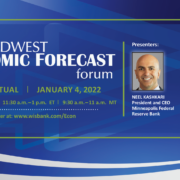
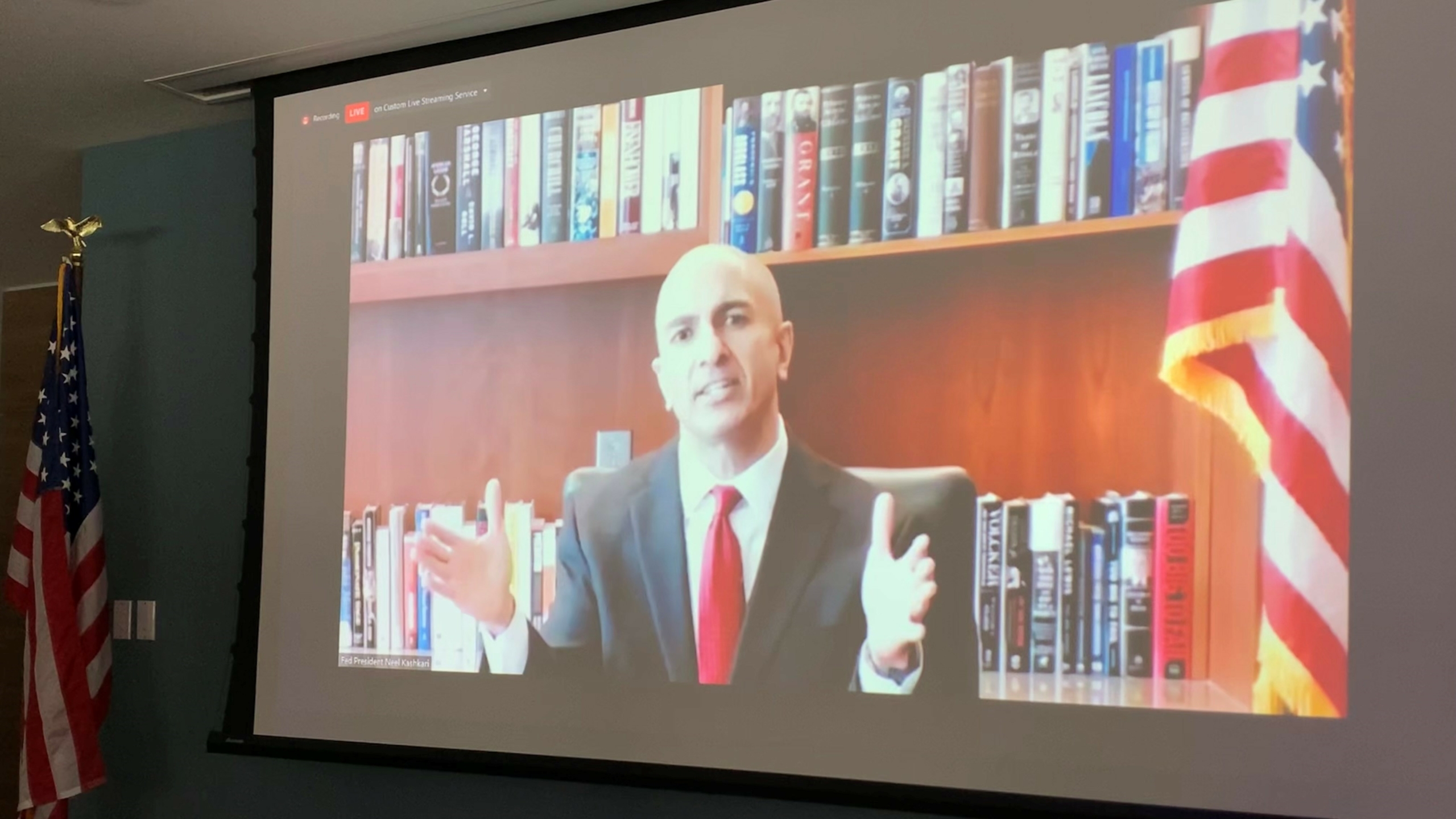
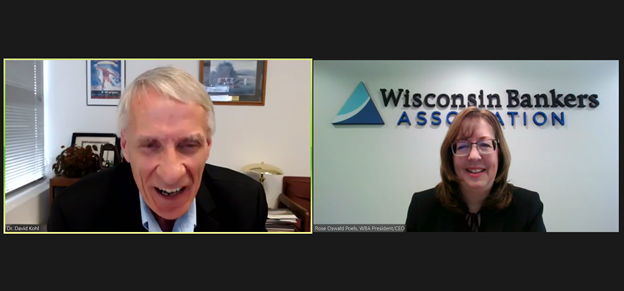

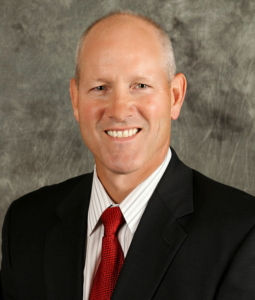 We are closing out this calendar year with a better understanding of COVID-19 than we had at this time one year ago in 2020, however the ongoing pandemic casts a heightened degree of uncertainty onto predictions for the 2022 economy. As bankers, we are responsible for interpreting economic data and trends that will impact the financial health of our institutions, our customers, and our communities. To support us in this important aspect of our work, the Wisconsin Bankers Association and partners organize the
We are closing out this calendar year with a better understanding of COVID-19 than we had at this time one year ago in 2020, however the ongoing pandemic casts a heightened degree of uncertainty onto predictions for the 2022 economy. As bankers, we are responsible for interpreting economic data and trends that will impact the financial health of our institutions, our customers, and our communities. To support us in this important aspect of our work, the Wisconsin Bankers Association and partners organize the 